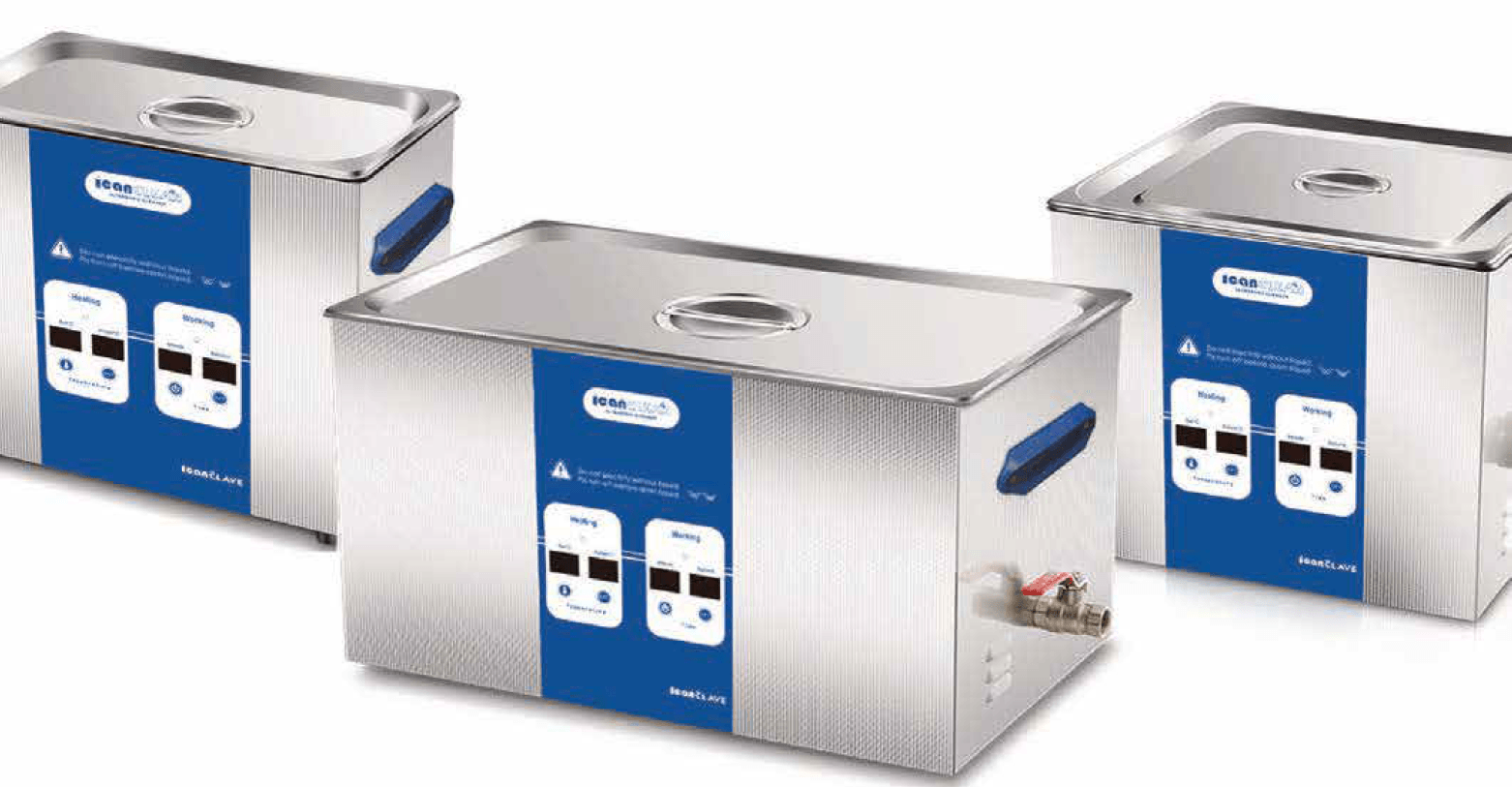Get in touch
1300 79 94 96
help@autoclavesqld.com.au
Sales - Services - Validations - Consumables
Ultrasonic Cleaners
Request a quote with or without installation below.

Ultrasonic Cleaners Specifically Developed for Medical Applications
Specifically developed for medical applications, the ICANCLEAN ultrasonic cleaners are:
- Housed in durable stainless steel.
- Cavitation-resistant thanks to a high-grade stainless-steel tank.
- User friendly with time and temperature LED displays.
Sizes: 3.2L, 5L, 11L, 22L.
Important Features:
- Easily drain liquid with inbuilt drain duct.
- 'MCU-Sweep' ultrasonic generator driver circuit results in superior cleaning and lower noise.
- Adjustable temperature setting (0 - 80 degrees Celsius).
- Adjustable timer setting (0 - 99 minutes).
- Long lasting anti-corrosion silicon adds an extra layer of protection to electrical components.
Contact us About our Ultrasonic Cleaners
Request a brochure and a quote (with or without installation) - or ask questions about ultrasonic cleaners to identify if they are the right choice for your needs.
Contact Us
We will get back to you as soon as possible.
Please try again later.
How Do Ultrasonic Cleaners Work?
Using high frequency 'ultrasonic' sound waves (that cannot be heard by the human ear), cavitation bubbles are created in the liquid of the ultrasonic cleaner. A reaction occurs upon the collapse of the bubbles which removes debris from instruments. Frequencies above 20KHz are considered ultrasonic sound waves.
Our Icanclean Ultrasonic Cleaners produce a massive 40KHz and also heat the liquid for superior cleaning.

Who Uses Ultrasonic Cleaners?
Icanclean Ultrasonic Cleaners are designed specifically for use in medical industries. Most commonly, dentists and medical practitioners use ultrasonic cleaners prior to putting instruments in their steam steriliser. Many of our customers who run tattoo and piercing studios also regularly use ultrasonic cleaners.
As the benchmark for sterilisation continues to increase globally, ultrasonic cleaners are becoming a vital part of the sterilisation process.
